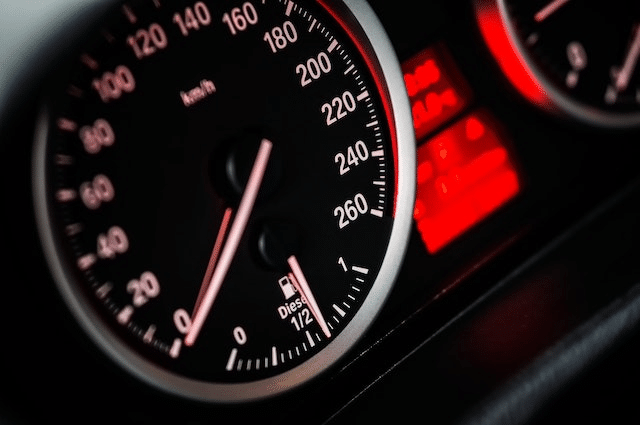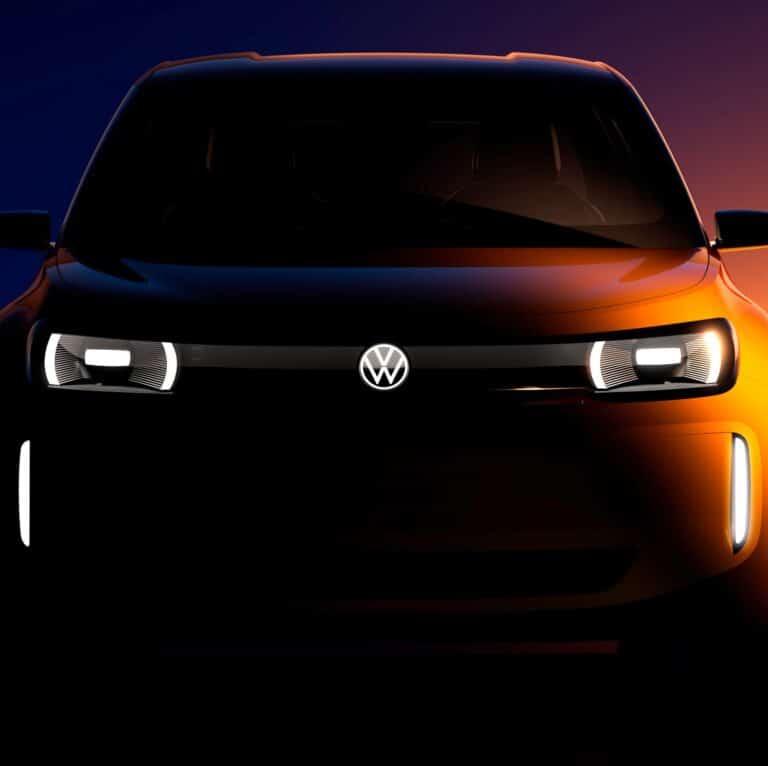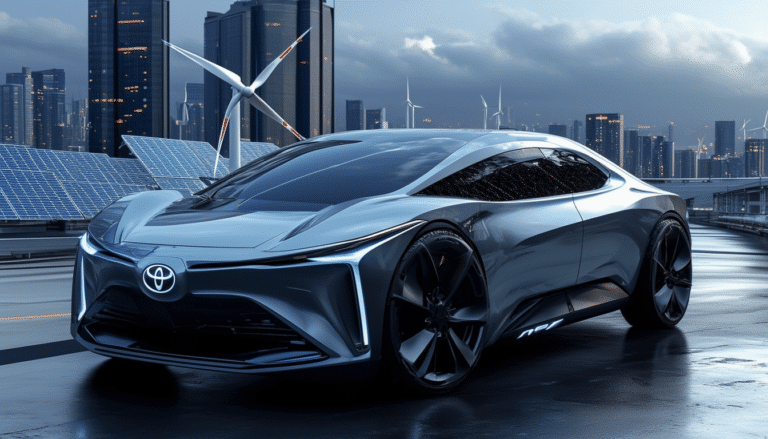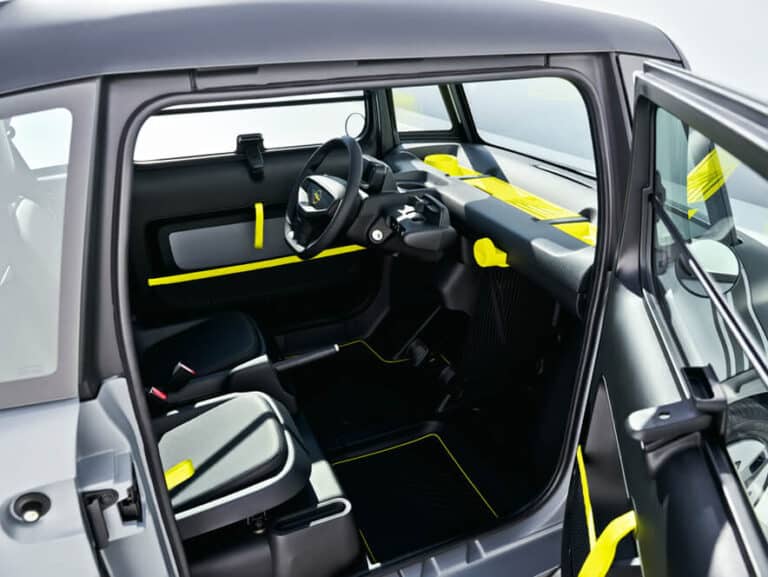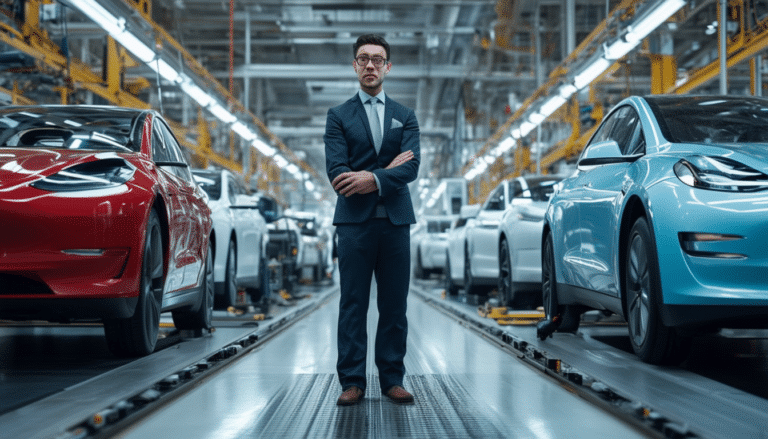Le cockpit moderne : The interior of a car at the cutting edge of technology
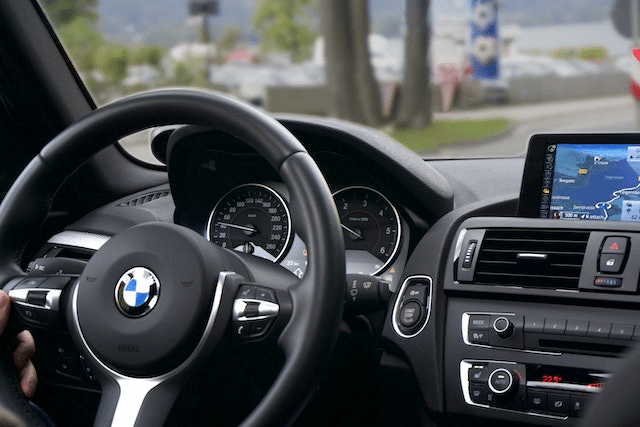
The era of smart cars is already here, and car manufacturers are continuously improving the interiors of their vehicles to offer an increasingly intuitive and personalized driving experience. The central part of the dashboard, known as the “cockpit,” is at the heart of this technological revolution. We offer you an overview of the latest innovations in modern, high-tech cockpits.
Multifunction Touchscreens
The first thing that stands out in a modern cockpit is the proliferation of large touchscreens. They gradually replace physical buttons and allow you to control all vehicle functionalities: navigation system, air conditioning, radio, etc. According to https://www.suprcars.fr/8-interieurs, the interfaces are generally very intuitive, and some manufacturers like Chrysler even offer high-performance voice recognition systems to interact with the dashboard without taking your hands off the wheel.
Customizing the Display
With these touchscreens, it also becomes possible to customize the display of information on the dashboard. Thus, each driver can choose the data they want to prioritize: speed, fuel consumption, remaining distance to the next stage of the journey… To go even further, some high-end models offer a head-up display (or Head-Up Display) that projects information directly onto the windshield, so the driver doesn’t need to take their eyes off the road.
Driver Assistance Systems
In the modern cockpit, onboard technologies not only enhance driver comfort but also contribute to increased safety. Many vehicles are equipped with driver assistance systems, such as collision warning, traffic sign recognition, or lane-keeping assist. These devices analyze in real-time the information collected by sensors and cameras located around the vehicle, alerting the driver to potential dangers on the road.
Speed Adaptation to Traffic Conditions
Another interesting feature is the ability to automatically adapt the vehicle’s speed to traffic conditions. For instance, adaptive cruise control adjusts the speed based on the distance to the preceding vehicle, while the intelligent speed limiter takes into account the limits indicated by traffic signs. These two systems help make driving safer and more relaxing, especially during long highway trips.
Connectivity for the Driver
The modern cockpit is also designed to facilitate access to connected services and mobile applications. Thanks to wireless connectivity, it is possible to sync your smartphone with the vehicle to access navigation information, music, messages, and hands-free calls. Manufacturers generally offer dedicated interfaces, such as Apple CarPlay or Android Auto, which allow you to use the main functionalities of your phone directly from the touchscreen on the dashboard.
Remote Access to Vehicle Data
These connected technologies also provide the possibility to access vehicle data remotely through a mobile app or website. It is thus possible to check the fuel level, program the air conditioning before getting in, locate the vehicle in case of theft… Some models go even further by offering personalized assistance services, such as maintenance tips adapted to driving styles and the vehicle’s history.
The Cockpits of the Future: What Role for Artificial Intelligence?
The democratization of electric and autonomous vehicles opens up new perspectives for high-tech cockpits. Artificial intelligence could thus play a central role in enhancing the user experience. For example, it could refine routing recommendations by considering the driver’s habits, preferences in entertainment, or even their state of fatigue. Likewise, it could facilitate learning about the different features of the vehicle by offering interactive and personalized tutorials.
In summary, the modern cockpit is already a reality in many vehicles, and technological innovations continue to accelerate to enhance comfort, safety, and personalization of the driving experience. While we can draw inspiration from advancements made by certain manufacturers like Chrysler and their Synthesis concept, there are still many challenges to overcome to envision the cockpit of tomorrow.

